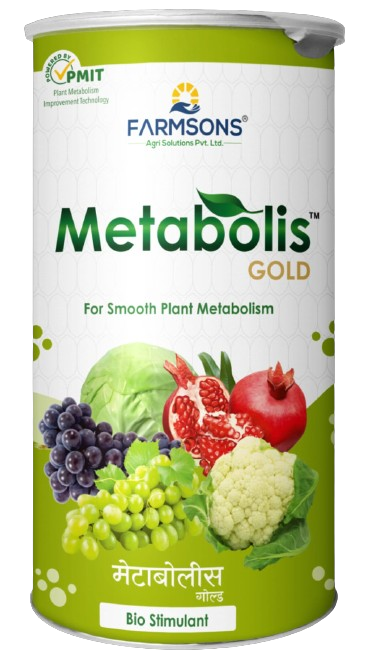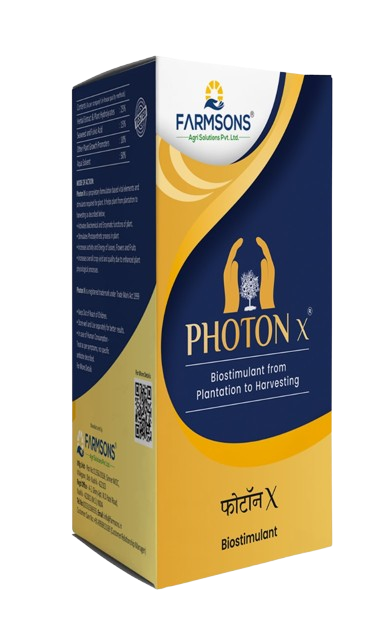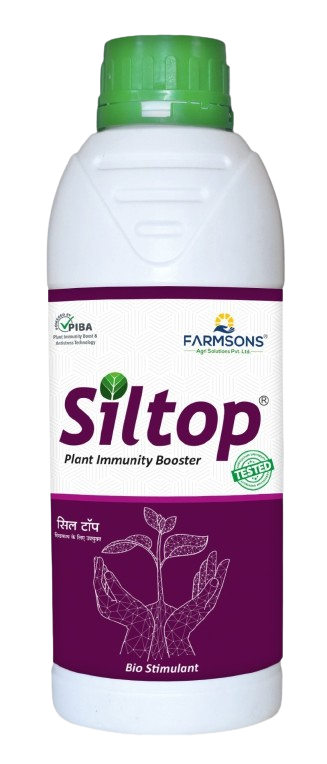Plant Immunity Boost Technology
- Home
- Plant Immunity Boost Technology
Introduction: Plant immunity is the inherent or induced capacity of plants to withstand or ward off biological attack by pathogens, biotic and abiotic stress. Molecules released from pathogens are recognized by plant cell surface receptors, and trigger specific signaling cascades that help to defend the plant against attack. As pathogen evolution can overcome disease resistance that is conferred by individual plant resistance genes, an enhanced understanding of the plant immune system is necessary for the long-term development of effective disease management strategies.
The plant immune response culminates in the production of a myriad of antimicrobial agents including reactive oxygen species, secondary metabolites, hydrolytic enzymes, and antimicrobial peptides and proteins. Increasing the accumulation of antimicrobial compounds of different biological origin (plant or microbial) in transgenic plants represents a promising strategy for engineering plant disease resistance against fungal and bacterial pathogens.
The cell wall represents the first line of plant defense acting as a preformed barrier against pathogen invasion. Activation of inducible defense reactions is based on the plant’s ability to detect the presence of microorganisms through the recognition of highly conserved molecular patterns called MAMPs (Microbe-Associated Molecular Patterns). These conserved patterns are foreign as they derive directly from either non-pathogenic microorganisms or from pathogenic microorganisms, e.g.,bacterial flagella, peptidoglycan, fungal chitin . These pathogenic derived patterns are commonly referred to as PAMPs (Pathogen Associated Molecular Patterns). Plants also recognize endogenous signals released by the plant itself, under pathogen pressure or during abiotic stress. These biotic and abiotic stress related patterns are called DAMPs (Damage-Associated Molecular Patterns).
The cytokinins are N-substituted adenine derivatives that were first discovered to be involved in cell division regulation in plants. These phytohormones were subsequently recognized to be involved in plant stress tolerance, with defence responses to biotrophic pathogens involving hormonal cross-talk between salicylic acid (SA) and cytokinins. While moderate levels of cytokinins have been shown to create favourable physiological conditions for biotrophic pathogen development, higher concentrations of the phytohormone activate plant immunity primarily through SA-dependent processes. Cytokinin-regulated physiological and molecular processes are associated with plant growth and response to pathogens, and indicate a role for this class of phytohormone in regulation of growth–defence trade-off in plants. Uncoupling of defense activation from growth reduction offers considerable potential for the development of engineered crops displaying broad-spectrum, durable resistance to biotrophic pathogens, with reduced yield penalties.
Mechanism:
Although lacking an immune system comparable to animals, plants have developed an innate immunity comprising several structural, chemical, and protein-based defenses designed to detect and stop invading organisms (microbes, pests and herbivores). These defense mechanisms can be grouped into two: pre-existing and post-existing. The cell wall is a major line of defense against fungal and bacterial pathogens providing an excellent structural barrier. This therefore highlights the need to adequately understand the cell signaling mechanisms and the role of hormones in disease resistance for adequate control of plant diseases.
Organic inputs based on plant hormones, herbal and natural extracts, essential nutrients play crucial role in vigorous plant growth. Such inputs take care of overall aspects of plant growth in terms of defense mechanism, biotic and abiotic stress management through balance nutrition, which further transform into plant strength to fight against pathogens and stress. Some of nutrients used in this composition also help to cell wall strengthening of plant.
Benefits:
- Disease management
- Stress management
- Vigorous plant growth
- Maximizes crop quality and yield
- Savings on excess pesticide use
-
For Smooth Plant Metabolism
-
Biostimulant from Plantation to Harvesting
-
Activation and Supplement of Silica





